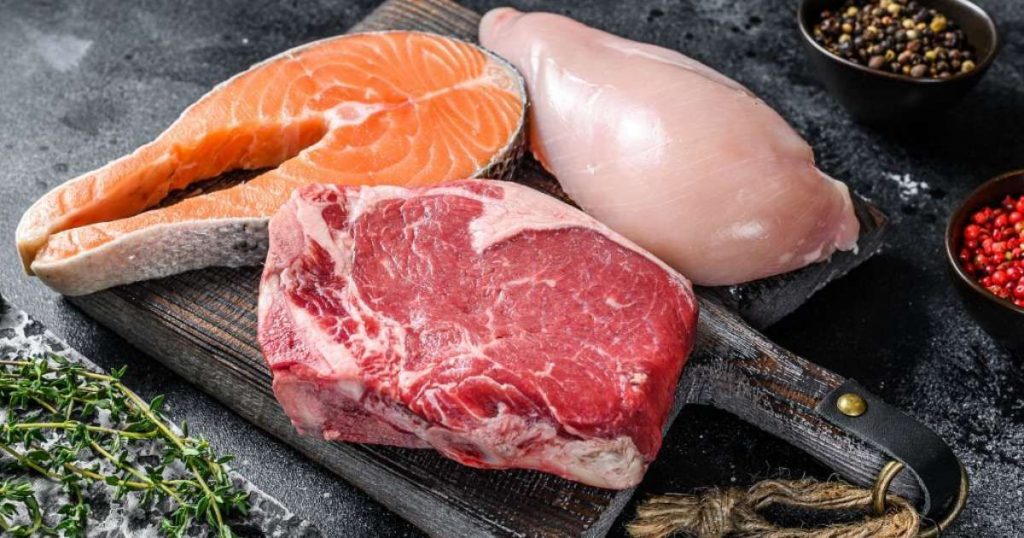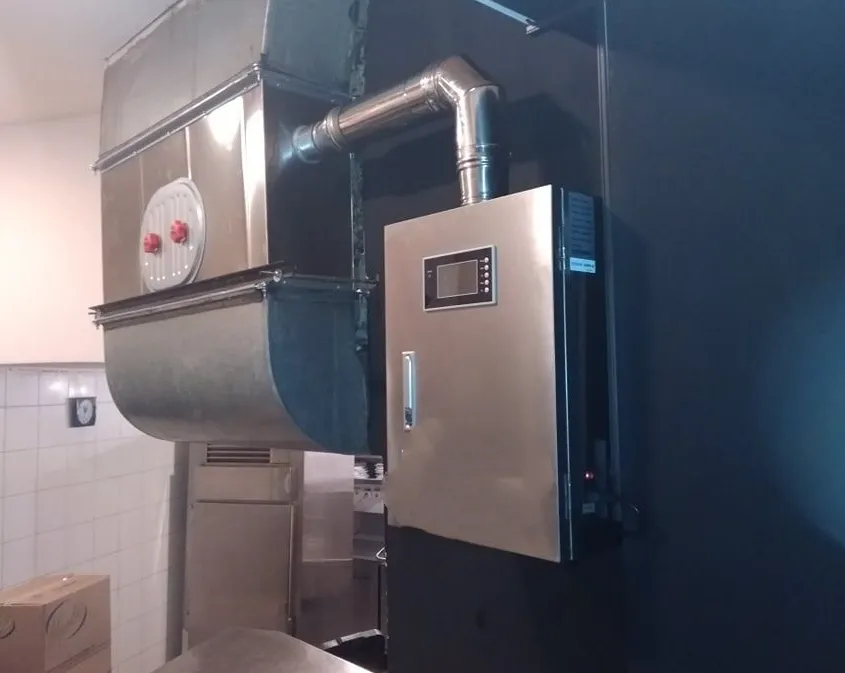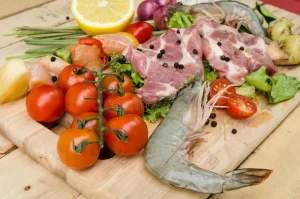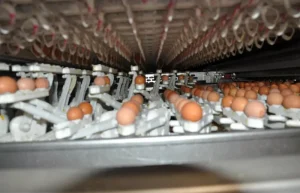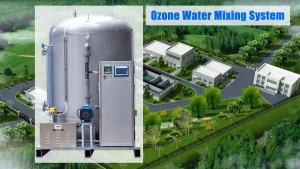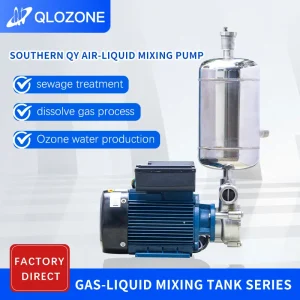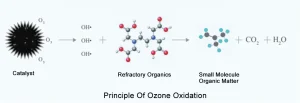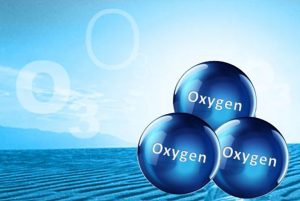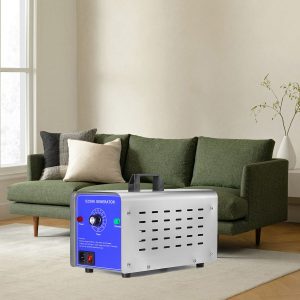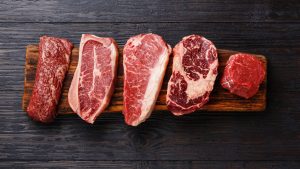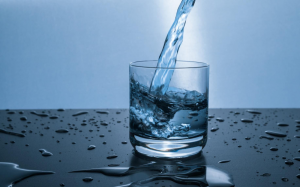As consumer demands for food safety and longer shelf life continue to rise, finding effective methods for preserving meat has become a key focus in the food industry. Ozone technology, as a highly efficient method for disinfection, has gradually demonstrated its unique advantages in the field of food preservation. This article explores the application and advantages of ozone generators in extending the shelf life of meat products, supported by real-world cases.
Basic Principles of Ozone Technology
Ozone (O₃) is a strong oxidizing agent with extreme germicidal, deodorizing and disinfecting capabilities.X’s ozone generator converts oxygen (O₂) in the air into ozone through methods such as corona discharge or ultraviolet irradiation. Ozone can quickly oxidize and decompose organic matter, and destroy the cell walls and protein structures of bacteria, viruses, and molds, thus achieving highly effective bactericidal effects
Applications of Ozone in Meat Preservation
1.Disinfection: Ozone effectively kills bacteria and microorganisms on the surface of meat, reducing the number of pathogens and decreasing the risk of spoilage. Studies have shown that ozone treatment significantly reduces common pathogens such as E. coli and Salmonella, thereby extending the shelf life of meat products.
2.Odor Removal: During storage, meat can develop unpleasant odors that affect its sensory quality. Ozone has powerful deodorizing properties, breaking down odor molecules and maintaining the meat’s fresh scent, thereby enhancing market competitiveness.
3.Oxidation Delay: Ozone treatment can form an oxidation layer on the surface of meat, slowing down the rate of fat oxidation and spoilage, and preserving the color and texture of the meat. Additionally, ozone inhibits enzyme activity, reducing the occurrence of oxidative reactions.
4.Cold Chain Transportation: During the cold chain transportation of meat, using ozone generators can continuously release ozone, keeping the transport environment clean and sanitary, preventing secondary contamination by microorganisms, and ensuring the freshness and safety of meat during transit.
Advantages of Ozone Technology
1.Efficiency: Ozone is a broad-spectrum, highly efficient disinfectant that can kill various pathogens in a short amount of time, with significant results.
A meat processing company in China found that using ozone generators significantly improved production efficiency. Compared to traditional chemical disinfection methods, ozone treatment took only a few minutes and did not affect the taste or quality of the meat.
2.Environmental Friendliness: After use, ozone quickly decomposes back into oxygen, leaving no harmful residues and causing no environmental pollution, making it an eco-friendly disinfection technology.
An Australian company adopted QLOzone’s ozone technology to replace traditional chemical preservatives. The results showed that ozone treatment not only improved product preservation but also avoided chemical residues, earning environmental certifications and enhancing the company’s brand image.
3.Safety: At appropriate concentrations, ozone is harmless to humans, but care must be taken to avoid direct inhalation of high concentrations. During application, ozone monitoring and control equipment are typically used to ensure safe use.
A cold storage facility in South Africa installed QLOzone’s ozone monitoring and control systems to ensure ozone concentrations remained within safe limits. After six months of use, no safety incidents were reported, and employees noted a safer and more comfortable working environment.
4.Cost-Effectiveness: Ozone generators have low operational costs and are easy to maintain, offering higher economic benefits compared to traditional chemical preservation methods.
An Italian company found that by using QLOzone’s ozone technology, they saved a significant amount on chemical disinfectant purchases annually. Additionally, the low maintenance cost of the ozone generators reduced overall operating expenses, increasing the company’s profit margin by 8%.
Ozone technology shows tremendous potential and advantages in extending the shelf life of meat products. By properly applying ozone generators, meat companies can effectively enhance product quality and safety, extend shelf life, reduce waste, and increase market competitiveness. Based on successful real-world cases, it is foreseeable that as technology continues to advance and application experience accumulates, the prospects for ozone technology in the field of food preservation will become increasingly promising.
